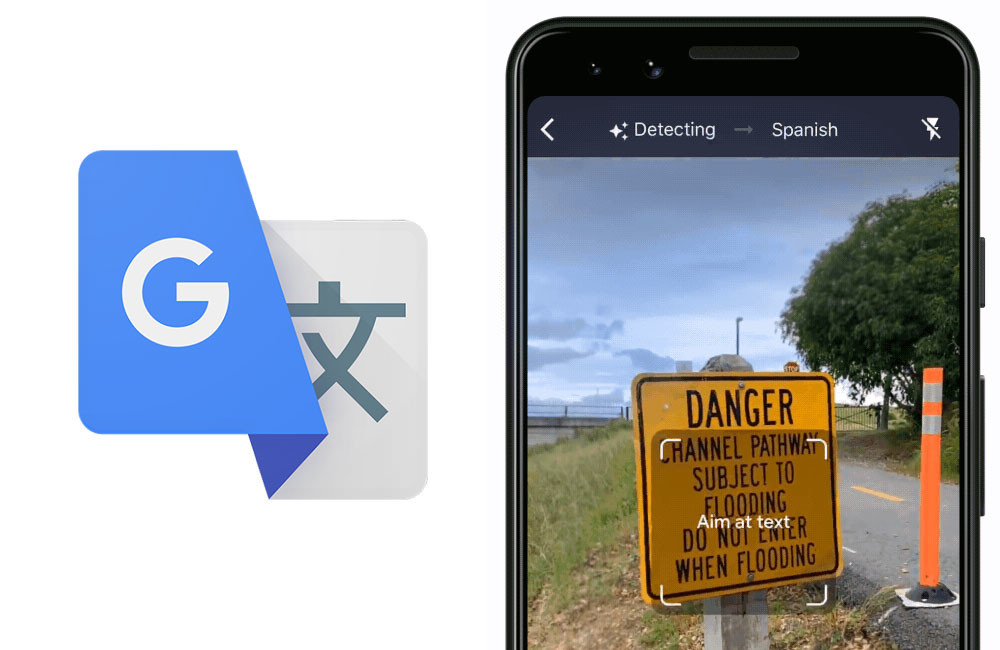Introduction
Text translation has become an essential tool in our interconnected world, facilitating communication across languages. Whether you’re traveling, conducting business, or simply trying to understand foreign content, a text translator can be a valuable resource. In this article, we’ll explore the concept of text translators, how they work, and their benefits and challenges.
What is a Text Translator?
Definition
A text translator is a software tool or application that translates text from one language to another. It uses algorithms and language databases to analyze and convert text, preserving the meaning of the original content.
Examples of Text Translators
Text translators come in various forms, from simple online tools to sophisticated software. Examples include Google Translate, Microsoft Translator, DeepL Translator, and many others.
How Does a Text Translator Work?
Text translators work by analyzing the input text, breaking it down into smaller units, such as words or phrases. They then compare these units with their database of translations and linguistic rules to generate the translated output.
Benefits of Using a Text Translator
- Facilitates Communication: Text translators bridge language barriers, allowing people to communicate effectively across different languages.
- Saves Time: Translating text manually can be time-consuming, but text translators provide instant translations, saving valuable time.
- Enhances Understanding: Text translators help users understand foreign languages, making it easier to access information and content from around the world.
- Promotes Multilingualism: By making it easier to translate text, these tools promote multilingualism and cultural exchange.
Challenges of Using Text Translators
- Accuracy: While text translators have improved significantly, they may still produce inaccurate translations, especially with complex or nuanced content.
- Contextual Understanding: Translating text requires understanding the context, which can be challenging for text translators, leading to errors in translation.
- Cultural Nuances: Text translators may not always capture cultural nuances, leading to translations that are technically correct but culturally inappropriate.
Best Practices for Using Text Translators
- Use Simple Language: To improve accuracy, use simple and straightforward language when inputting text.
- Review and Edit: Always review and edit translated text to ensure accuracy and clarity.
- Be Aware of Cultural Differences: Consider cultural differences when translating text to avoid misunderstandings.
Popular Text Translation Tools
Google Translate
Google Translate is one of the most popular text translation tools, offering translations in multiple languages and a user-friendly interface.
Microsoft Translator
Microsoft Translator is another widely used text translation tool, known for its accuracy and integration with Microsoft products.
DeepL Translator
DeepL Translator is praised for its ability to produce high-quality translations, especially for complex or technical content.
Others
There are many other text translation tools available, each with its own strengths and weaknesses.
Text Translation and Cultural Sensitivity
When using text translators, it’s important to be aware of cultural sensitivities. Some phrases or expressions may not translate well and could be offensive or inappropriate in another language. It’s essential to review translated text carefully to ensure cultural sensitivity.
Future Trends in Text Translation
The field of text translation is constantly evolving, with advancements in artificial intelligence and machine learning driving improvements in accuracy and efficiency. In the future, we can expect text translators to become even more accurate, versatile, and accessible, further bridging the language gap.
Conclusion
Text translators play a crucial role in our globalized world, facilitating communication and understanding across languages. While they have their challenges, they continue to evolve and improve, making it easier for people around the world to connect and engage with each other.
FAQs
- Are text translators accurate?
- Text translators have improved significantly in accuracy, but they may still produce errors, especially with complex or nuanced content.
- Can text translators translate any language?
- Most text translators support a wide range of languages, but their language coverage may vary. It’s best to check the specific tool for language availability.
- How can I improve the accuracy of text translations?
- To improve accuracy, use simple and clear language, review and edit translations, and be aware of cultural differences.
- Are text translators free to use?
- Many text translation tools offer free versions with limited features. Premium versions may offer additional features and better accuracy.
- Can text translators translate spoken language?
- Some text translators offer speech-to-text translation features, allowing users to translate spoken language into written text.

